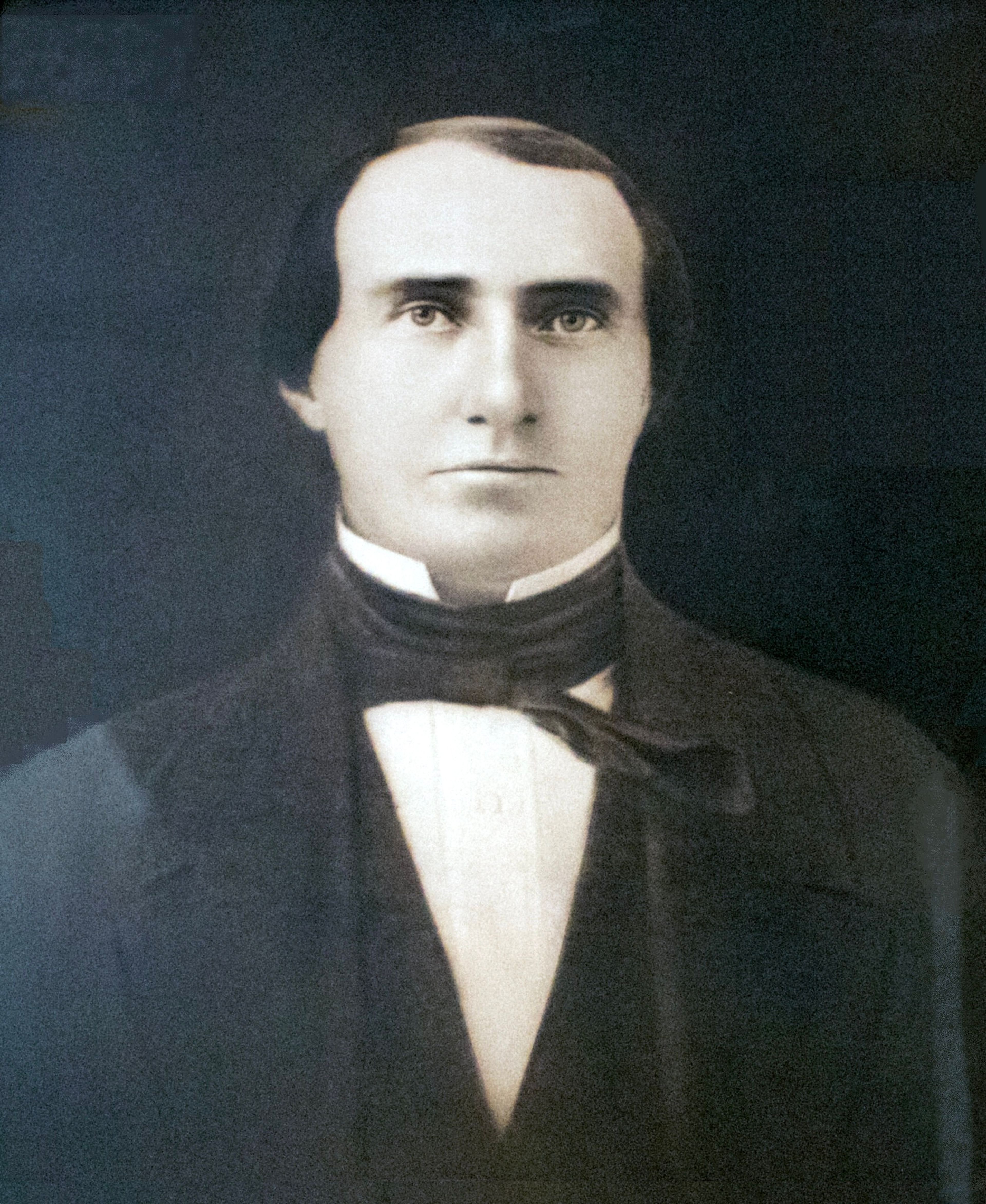Where the Road Leads: Missouri’s monumental lieutenant governor: Dr. Wilson Brown
Cape Girardeau's Dr. Wilson Brown became Missouri's lieutenant governor in 1852. For his service to the state, the Legislature honored him with a marble monument at his death.
In 1856, the Missouri General Assembly passed legislation and purchased a 15-foot-tall marble monument from Georgia for $500 and had it shipped by steamboat to Commerce. Eight oxen pulling wagons brought the pieces to the Giboney Family Cemetery. Southeast Missouri has produced two governors and three lieutenant governors. Lt. Gov. Wilson Brown received this monument because he was “known as the politest man in Missouri.”
Brown was born Aug. 27, 1804, in Anne Arundel County, Maryland, and was educated as a doctor. In 1823, he arrived in Missouri. Being one of few doctors in the area between Cape Girardeau and New Madrid, he was considered a leader in the medical field.
In 1830, he married Amanda Giboney, daughter of Robert Giboney and cousin to Mary Giboney, wife of Louis Houck. They had three daughters. To supplement his income, he served as postmaster of Ogden, New Madrid County, from 1836 to 1839. Brown purchased 144 acres from Andrew and John Ramsey for $2,742 in northern Scott County, just 2 miles north of Spring Hill, known as Kelso today. In 1838, Brown was elected to the General Assembly, serving one term. The location of his land allowed him to become the first postmaster of Spring Hill, serving from 1840 to 1843.
Brown, as a landowner, accumulated a total of 269 acres in northern Scott County, along with 255 acres in Sikeston. Around 1840, Brown built a large home on 10 acres in Cape Girardeau. The home was bordered by Good Hope, Morgan Oak, Middle and Frederick streets. In 1849, a cholera epidemic hit Missouri. Brown contracted the illness and survived.
He was appointed state auditor by Gov. Austin King in January 1849, serving until 1852, when he resigned to run for lieutenant governor. He was elected lieutenant governor in 1852, becoming the second lieutenant governor from Cape Girardeau, after Franklin Cannon (1836-40). Brown, a Democrat, won the election by a landslide.
On Aug. 27, 1855, Brown died suddenly at his home on his 51st birthday. Many believed he could have become governor. He was buried in the Giboney Family Cemetery on the bluff just north of Ancell, now Scott City. In 1856, the marble monument was delivered to the site and assembled by John W. Morris of Cape Girardeau. Brown’s wife, Amanda, died in 1899 and is said to be buried next to her husband, without a marker.
Brown’s interests in civics went beyond politics. In 1847, he became a charter member of the Masonic Lodge in Cape Girardeau, becoming state Grand Master in 1854. He was on the Board of Trustees receiving a grant in 1849 to form the Washington Female Academy in Cape Girardeau. He was involved in getting the Cape Girardeau Plank Road built in 1851, which ran through Jackson to Mine LaMotte. He was an investor in building the Rock Levee Road running along the bluff north of Scott City, turning north across the swamp and entering south Cape Girardeau. He would benefit from this venture since his land bordered the road, but died before its completion.
The Cape Girardeau County Historical Society formed in the summer of 1926. Sen. Robert Burett Oliver, one of the founding members, was greatly concerned with Lt. Governor Brown’s monument. At their second meeting, the society met at the Giboney cemetery. Oliver reported the cemetery and house had fallen into disrepair at the society’s third meeting. In 1931, Oliver proposed that Brown’s body be exhumed and moved, along with the monument, to the plaza in front of Academic Hall on the Southeast Missouri State University campus. Oliver believed the monument would be a tourist attraction, hoping it could be seen from the river and out of respect for Lt. Gov. Brown as resident and civic leader of Cape Girardeau. The proposal faded away when Oliver passed away three years later.
In 1989, a group of concerned citizens, along with the city of Scott City and a local company, moved the base and column to the city park. The marble column was off the base and down a hillside. The finial was found, allowing the monument to be reassembled and cleaned, making it look almost as new as it had been when it was placed at Lt. Gov. Brown’s grave.
Dave is a lifelong resident of Southeast Missouri who has always had a strong interest in local history. Recently retired from the Cape Girardeau School District, Dave can spend more time exploring Southeast Missouri’s history.
Connect with the Southeast Missourian Newsroom:
For corrections to this story or other insights for the editor, click here. To submit a letter to the editor, click here. To learn about the Southeast Missourian’s AI Policy, click here.












